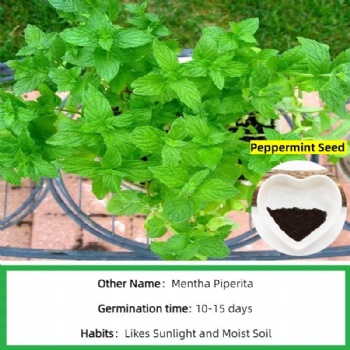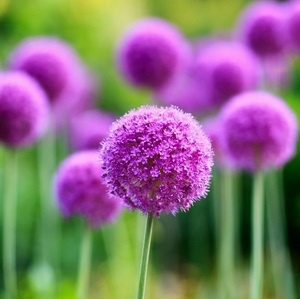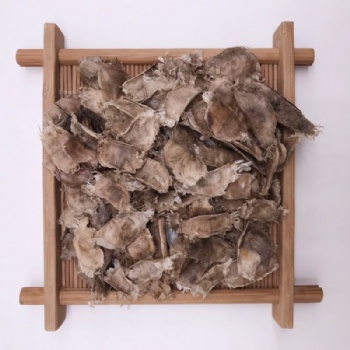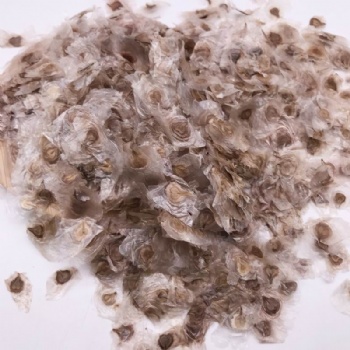News
purpletop verbena seed
Introduction to purpletop verbena
Verbena bonariensis, commonly known as tall verbena or purpletop verbena, is a species of plant in the Verbenaceae family and the genus Verbena. It is native to South America, specifically Brazil, Argentina, and other regions.

Morphological Characteristics
This plant can reach a height of 100-150 centimeters (including the flower stem) and has many branches. The leaves are elliptical at the initial growth stage, with notched edges like uneven saw teeth and coarse hairs on both sides. After the flower stem elongates, the leaves become slender like willow leaves, and the edges still have sharp notches The stem is square, and the whole plant is covered with fine hairs. The flowers are small, consisting of 5 petals, each petal being only 4 to 8 millimeters long. They grow in clusters at the top of the flower stem, forming a corymbose spike. The corolla is purplish-red or light purple, with bright colors.
Growth Habits
Verbena bonariensis thrives in sunny environments and is afraid of waterlogging. It prefers a warm climate, with an optimal growth temperature of 20-30°C and is not cold-resistant. Growth slows down significantly when the temperature is below 10°C. It has good adaptability to soil conditions and strong drought tolerance, requiring a moderate amount of water. It is a perennial plant in zones 7 to 11 and is often grown as an annual in cooler climates.
Reproduction Methods
It can be reproduced by sowing, cutting, and root division. Spring sowing usually results in the longest flowering and viewing period. The seeds of Verbena bonariensis are small, with about 4,000 seeds per gram and a germination rate of about 85%. The suitable temperature for seed germination is 20-25°C, and the seeds germinate in 10-15 days. The entire plug seedling cycle is 40-45 days.

Cultivation and Management
When cultivating Verbena bonariensis, it is advisable to choose loam or sandy loam with thick soil. The soil should be plowed to a depth of about 18-25 centimeters and mixed evenly with well-rotted cow or sheep manure as the base fertilizer. During the growth period, weeding should be carried out 2-3 times to prevent weeds from competing for nutrients. The plant is drought-tolerant, so watering should be done sparingly, following the principle of "see dry see wet". It is also necessary to pay attention to disease prevention and control. For example, if the leaves show mosaic chlorosis on the upper surface due to iron deficiency or a pH value higher than 6.8, it can be treated by applying ferrous sulfate or other iron fertilizers.
Ornamental Value
With its swaying posture, bright and beautiful colors, and long and lush blooming period, Verbena bonariensis is widely used in landscape arrangements. It is often planted in large areas to create landscape effects, and is also suitable for combination with other plants, such as being planted in groups along garden roads, waterfronts, or walls, with excellent landscape effects. It can also be used as the background material of flower borders, adding a touch of purple charm to the entire landscape, In addition, the cut flowers of Verbena bonariensis can last for a long time in flower arrangements, making it a popular choice for flower art lovers.
Ecological Value
Verbena bonariensis is a nectar plant that can attract butterflies, bees and other insects, playing an important role in maintaining the ecological balance of the garden and providing food and habitat for beneficial insects.
If you have demands of the seeds, please contact us freely.
Categories
Contact Us
- +86-18055849900
- +86-18055849900
- admin@high-key.cn
- +86-18055849900




 售前客服
售前客服
